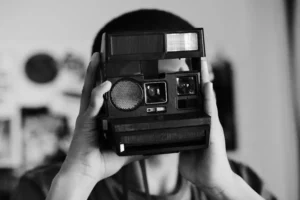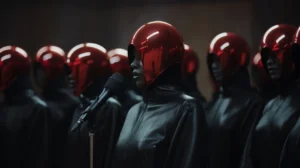
Realism vs. Stylization in 3D Design
Latest Posts


5 Essential Tools We Use for VFX and Animation

Why Coffee Fuels Creativity (and Render Marathons)


From Concept to Render: Our 3D Animation Pipeline

Realism vs. Stylization in 3D Design
Finding the Perfect Balance for Your Project
In 3D design, choosing between realism and stylization is more than a visual preference — it’s a strategic decision that can define the tone, mood, and success of your entire project. Whether you’re designing a game character, an animated short, or a virtual product showcase, understanding where your design sits on the realism–stylization spectrum is crucial.
1. What Is Realism in 3D Design?
Realism aims to replicate real-world visuals with meticulous detail — accurate textures, physics-based lighting, lifelike anatomy, and natural motion. It’s often used in architectural visualization, film VFX, simulations, and AAA gaming.
Goal: Make the viewer forget they’re looking at something digital.
Pros:
-
Greater immersion
-
Photorealistic visuals for commercial appeal
-
More relatable to audiences
Challenges:
-
Resource-intensive
-
Unforgiving with imperfections
2. What Is Stylization?
Stylization bends reality to emphasize mood, narrative, or creative expression. It plays with proportions, colors, forms, and textures to create a unique artistic language — often seen in animated films, indie games, and experimental projects.
Goal: Express emotion and identity through exaggeration and abstraction.
Pros:
-
Artistic freedom
-
Unique brand identity
-
Easier hardware performance
Challenges:
-
Requires a strong, consistent visual style
-
May alienate realism-seeking audiences
3. Choosing the Right Style for Your Project
Your project’s goals should determine the direction:
| Project Type | Suggested Style |
|---|---|
| Product Showcase | Realism |
| Educational Animation | Depends on audience age |
| Game Cutscene | Mix of both |
| Brand Animation | Stylized for identity |
| Architectural Visualization | Realism |
4. Hybrid Approaches: Best of Both Worlds
Many modern 3D artists combine both — realistic lighting with stylized characters, or cartoony shapes with detailed textures. This hybrid approach offers flexibility, depth, and storytelling power without being locked into one extreme.
Pro Tip: Start with stylized foundations, then layer in realistic elements to create something truly memorable.
Final Thoughts
At ComixPro, we help you define your visual voice — whether hyper-real or wildly imaginative. We believe style should serve the story, and we’ll guide you toward the aesthetic that brings your vision to life.

